Blue and white porcelain is one of the main varieties of Chinese porcelain. Blue and white porcelain is decorated with the blue pigment, usually from cobalt oxide, on shaped clean, white clay that is covered by a layer of transparent glaze and baked in a kiln at high temperatures. Producing of blue and white porcelain was found beginning in the Tang dynasty (618-907) , but it was not until the Yuan dynasty (1271-1368) that the art reached perfection. In the early 14th century, mass production of delicate and transparent blue and white porcelain started at Jingdezhen, usually called the “porcelain capital” of China. Some of the most common forms of this type of pottery are plates, bowls, cups, and vases. Common designs featured on these pieces include floral motifs, mythical creatures such as dragons, scenes from stories, and Chinese characters.
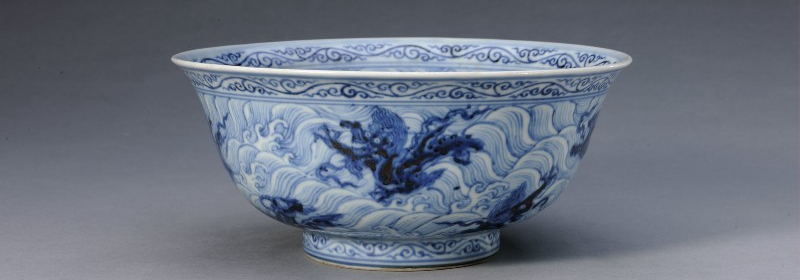
History of Development
The Tang dynasty
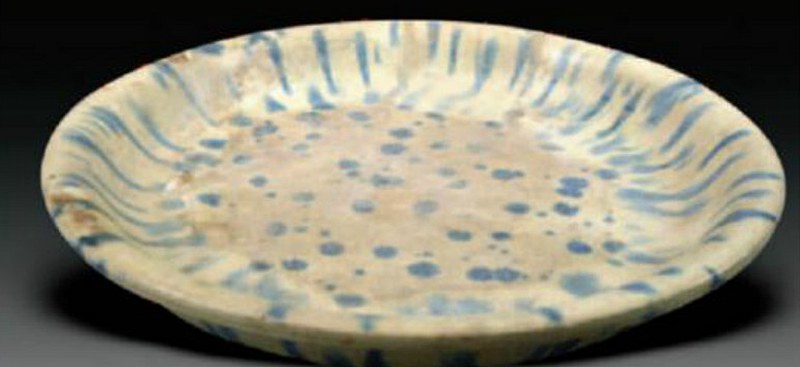
The blue and white porcelain of the Tang dynasty was at the beginning of the blue and white porcelain. From the blue and white porcelain pieces unearthed in yangzhou, it can be seen that the hair color of the blue material is thick and brilliant, the bottom glaze is white and yellowish, and the enamel is thick. The shape is mainly small. The patterns are floral. Among them flowers and plants grain divides two kinds again, one kind is typical Chinese tradition flowers and plants, with the pink bamboo flower, the plum flower and so on floret much see; The other is the typical Arabian pattern. From this point of view, can prove that Tang dynasty blue and white porcelain mainly for export.
The Song dynasty
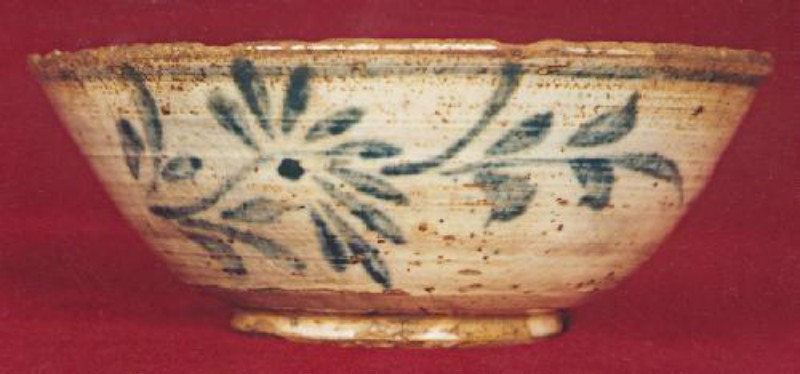
Blue and white porcelain did not develop rapidly in the Song dynasty, but went into decline. The decoration has chrysanthemum grain, circle grain, string grain, line grain and so on.
The Yuan dynasty
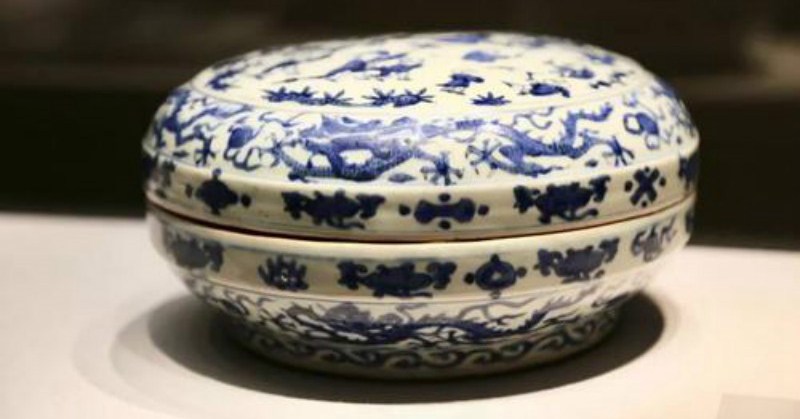
Mature blue and white porcelain appeared in Jingdezhen during the Yuan dynasty. Due to the binary formula of "porcelain stone + kaolin", the Al2O3 content in the tire increased, the firing temperature increased, and the deformation rate decreased during the roasting process. Because of this, the body of most implements is thick and plump.
The biggest characteristic of blue and white decoration in this period is that the composition of the picture is full, with many layers but not messy. The themes of the decorative motif include characters, animals, plants, poems and so on.
The Ming and Qing dynasties
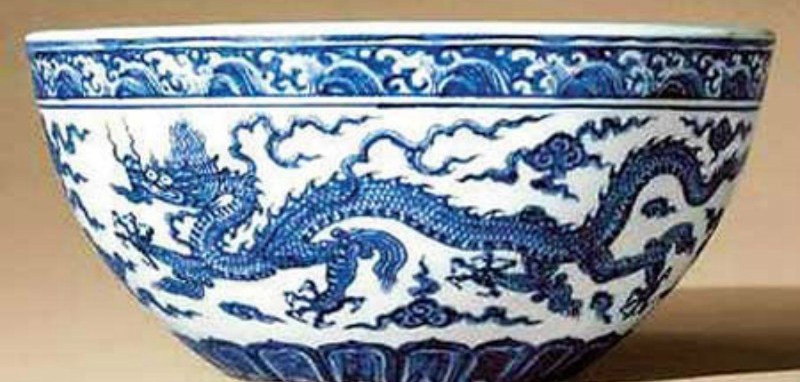
During the Ming and Qing dynasties, blue and white porcelain reached its peak and declined. Ming dynasty is a peak of the development of blue and white porcelain, known for its exquisite production; Qing dynasty with "colorful blue and white" so that the development of blue and white porcelain to the peak; After Qianlong of Qing dynasty, blue and white porcelain gradually declined due to the development of powder enamel porcelain.
Feature
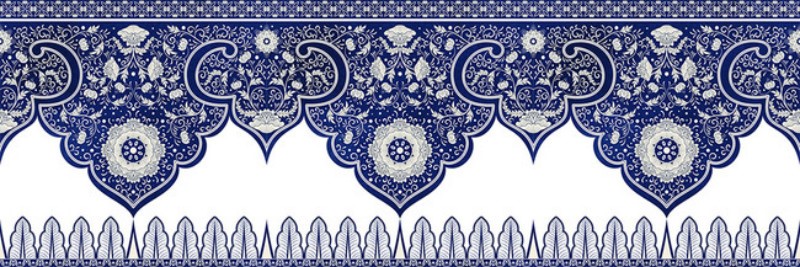
Blue and white is the porcelain decoration with the most national characteristics of China, and it is also one of the methods invented earlier in the Chinese ceramic decoration. Special characteristics of the first is a strong color, bright color, color stability; The second characteristic is the decoration never fade; Third, it is colorful, clear and elegant, with the artistic charm of Chinese ink painting; The fourth is no lead, arsenic and other toxic elements, non-toxic side effects on the human body; The fifth is not only suitable for decoration of daily porcelain such as food and tea sets, but also suitable for decoration of display porcelain such as vases and vases. The sixth characteristic is that the raw material contains rich natural mineral cobalt.











